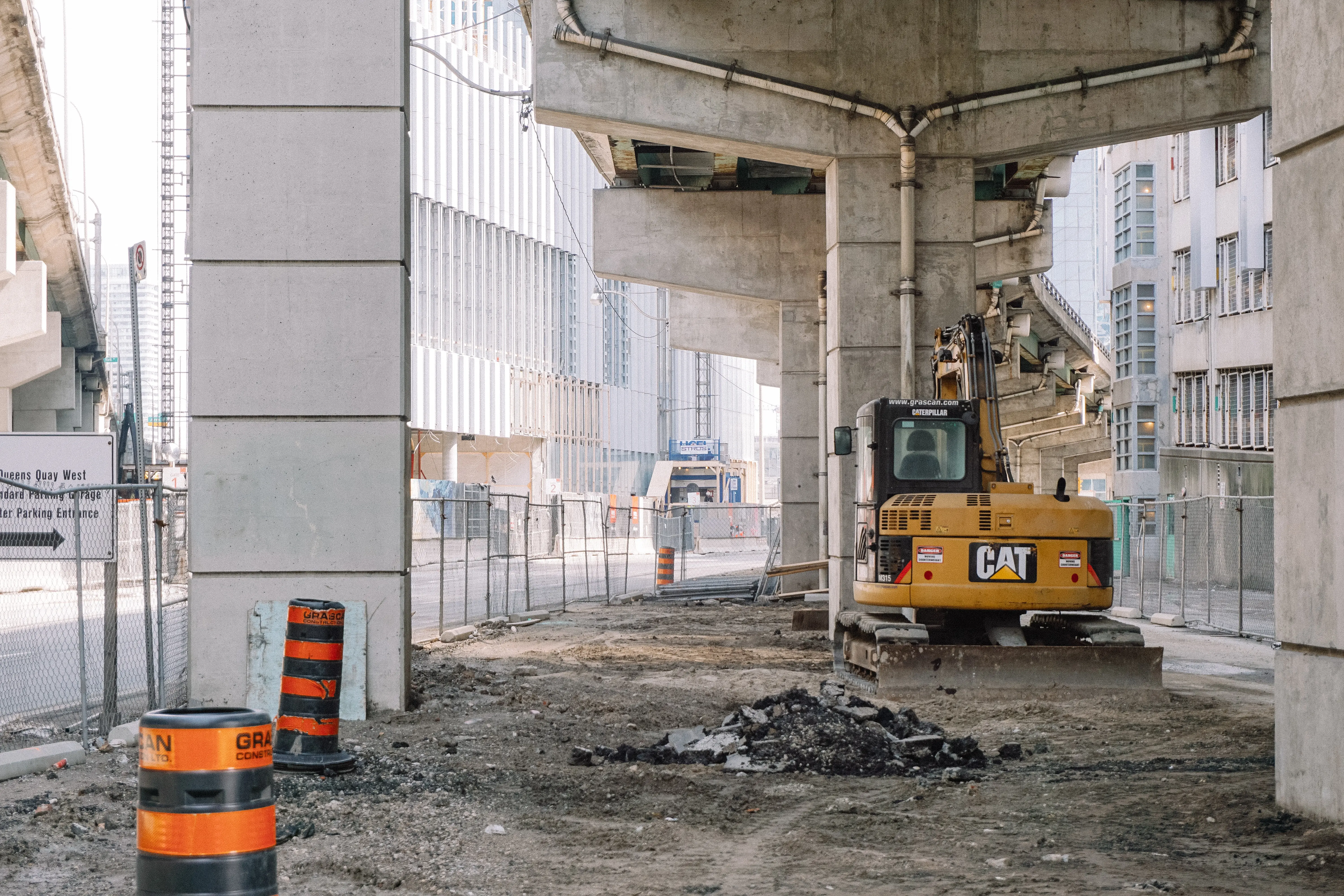Sample by My Essay Writer
Critical infrastructure refers to all the structures and establishments that comprise indispensable components in the daily lives of Americans. Maintaining the operations of the critical infrastructure is one of the government’s topmost priority. The government is committed to ensuring that critical infrastructure is protected from terrorist activities given that such an attack would comprise a major threat to the stability of the country. Some of the critical infrastructure includes power stations and hospitals. These elements, if the country is to function efficiently, need to sustain continued operations.
Interconnectedness and Vulnerability

Critical infrastructure is a highly interconnected protection framework. The water supplies, electric grids, and banking systems are often interconnected to enhance the operations of each unit (Robinson, Woodard, & Varnado, 1998). In the past, these systems were independent of each other. However, to enhance the efficiencies of the protection initiatives, the banking system, telecommunications frameworks, and financial institutions are conjoined through complex links. However, the interconnectedness of critical infrastructure, open up a whole new range of vulnerabilities. It exposes the critical infrastructure to even more risks than was the case when the elements were independent of each other. [“Write my essay for me?” Get help here.]
Firstly, due to the interconnectedness, an operational error in one element may result in the crumbling of the entire critical infrastructure (Labaka, Hernantes, Lauge, & Sarriegi, 2011). Human error, which was in the past responded to immediately, posed no threat to the operations of another critical infrastructure. However, such an occurrence at present would cripple all the operations of the other elements. For instance, a satellite malfunction in 1998 affected over 450 million pagers in the US (Labaka, Hernantes, Lauge, & Sarriegi, 2011). This affected the business, healthcare, and law enforcement infrastructures. Given the magnitude of the problem, response to the operational stag took a long time. The malfunction was rectified after one week. Interconnectivity of critical infrastructure demands more response time than is the case with independent infrastructure in the event of a breakdown. There, interconnectedness increases the vulnerability of critical infrastructure. [Need an essay writing service? Find help here.]
Combined CIP Management model
An efficient CIP management model ought to be both centralized and decentralized. Essentially, critical infrastructure protection models should begin from the critical infrastructure elements to a centralized institution. There is a need for creation of protection departments within the element processes which will be aligned towards the mitigation of internal operation stagnations. These departments will comprise the first line of defense in the event of an operational breach. If the stagnation cannot be mitigated from within, the centralized body will then initiate responses. This framework will allow the centralized bodies time to accumulate the resources and establish ways through which they can curtail the threat if it extends to other elements.
Crisis Lifecycle Management Model
To enhance the efficiency of a combined response framework, it is my opinion that the crisis lifecycle model should be employed as a CIP management model (Robinson, Woodard, & Varnado, 1998). This framework comprises five phases. The first phase involves the planning of the response initiatives before the manifestation of the critical infrastructure threats. This phase is known as the pre-program preparations phase. The second phase in the model entails program initiation. This addresses the need for accumulation of all the necessary resources to be used in mitigating threats to critical infrastructure.
The next phase entails program set-up. In this phase, the resources available are prepared to respond to any occurrences of a threat to the critical infrastructure. The last two phases entail delivery of program benefits and program closure respectively. In these phases, all the resources are put into use on occurrence of a threat. Program closure marks the closure of the established critical infrastructure response initiative. This model provides the most efficient model given that it accommodates both the centralized and decentralized CIP management systems (Robinson, Woodard, & Varnado, 1998). Hence allows for the employ of the combined CIP management model to protect critical infrastructure. [Click Essay Writer to order your essay]
Critical Infrastructure in Maryland
Conclusively, there are several critical infrastructure sectors in Maryland. They include both physical and virtual infrastructure. Some of the critical infrastructures in Maryland include computer networks and healthcare institutions such as the John Hopkins institution. Others include transport systems, dams, and bridges. Critical infrastructure protection in Maryland comprises one of the major priorities of the State administrative bodies. They are highly protected to ensure that their operations are not curtailed. Most of the critical infrastructure sectors in Maryland are found in populated areas. The majority of the elements are situated in Baltimore. This makes it easy to respond to cases of operational stagnation.

References
Labaka, L., Hernantes, J., Lauge, A., & Sarriegi, J. M. (2011). Three Units of Analysis for CrisisManagement and Critical Infrastructure Protection. 8th International ISCRAM Conference, (pp. 1-10). Lisbon.
Robinson, C. P., Woodard, J. B., & Varnado, S. G. (1998). Critical Infrastructure: Interlinked and Vulnerable. Issues in Science and Technology, 15(1)







